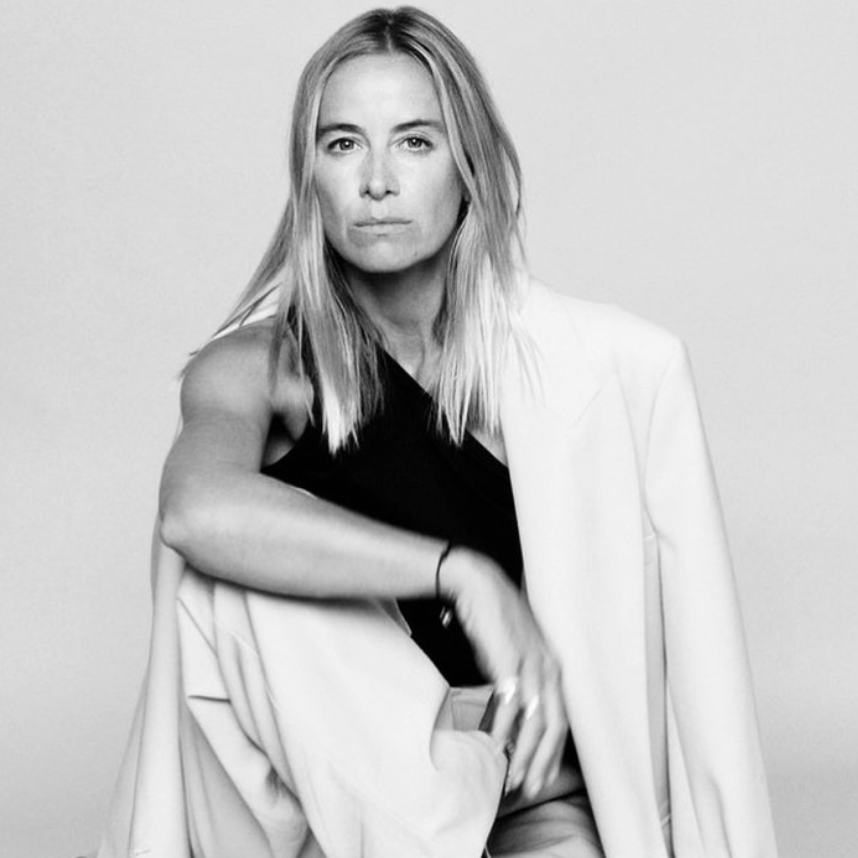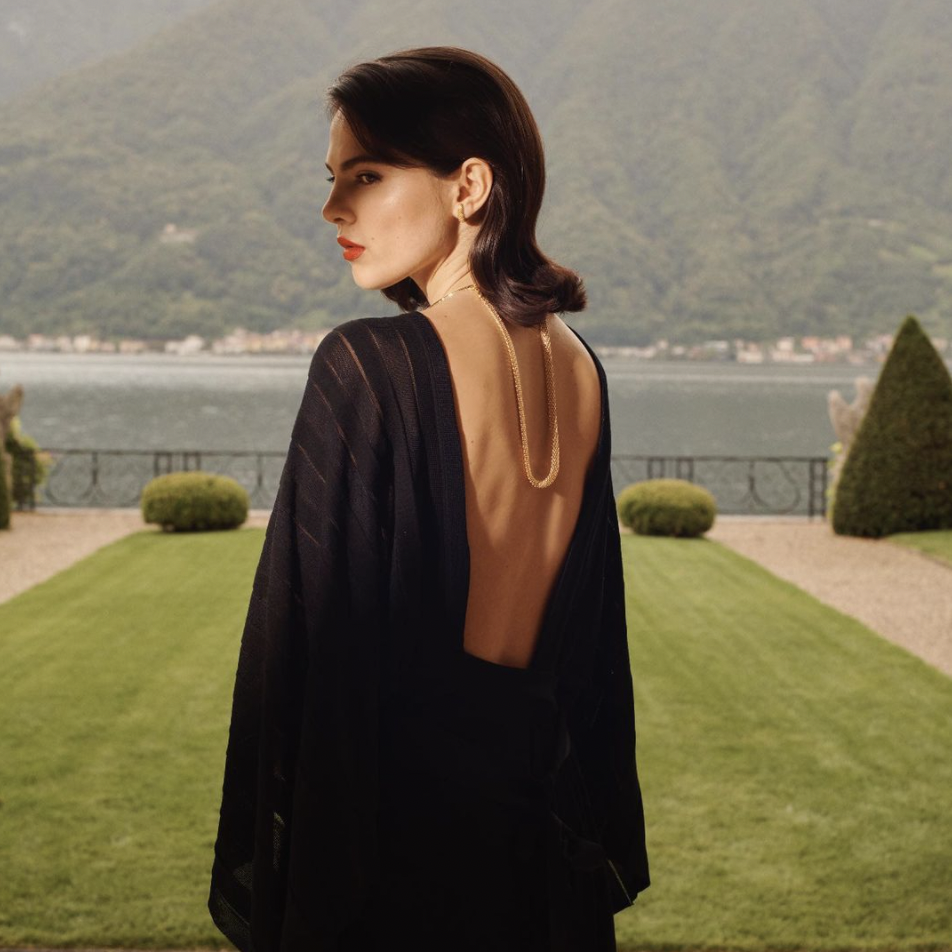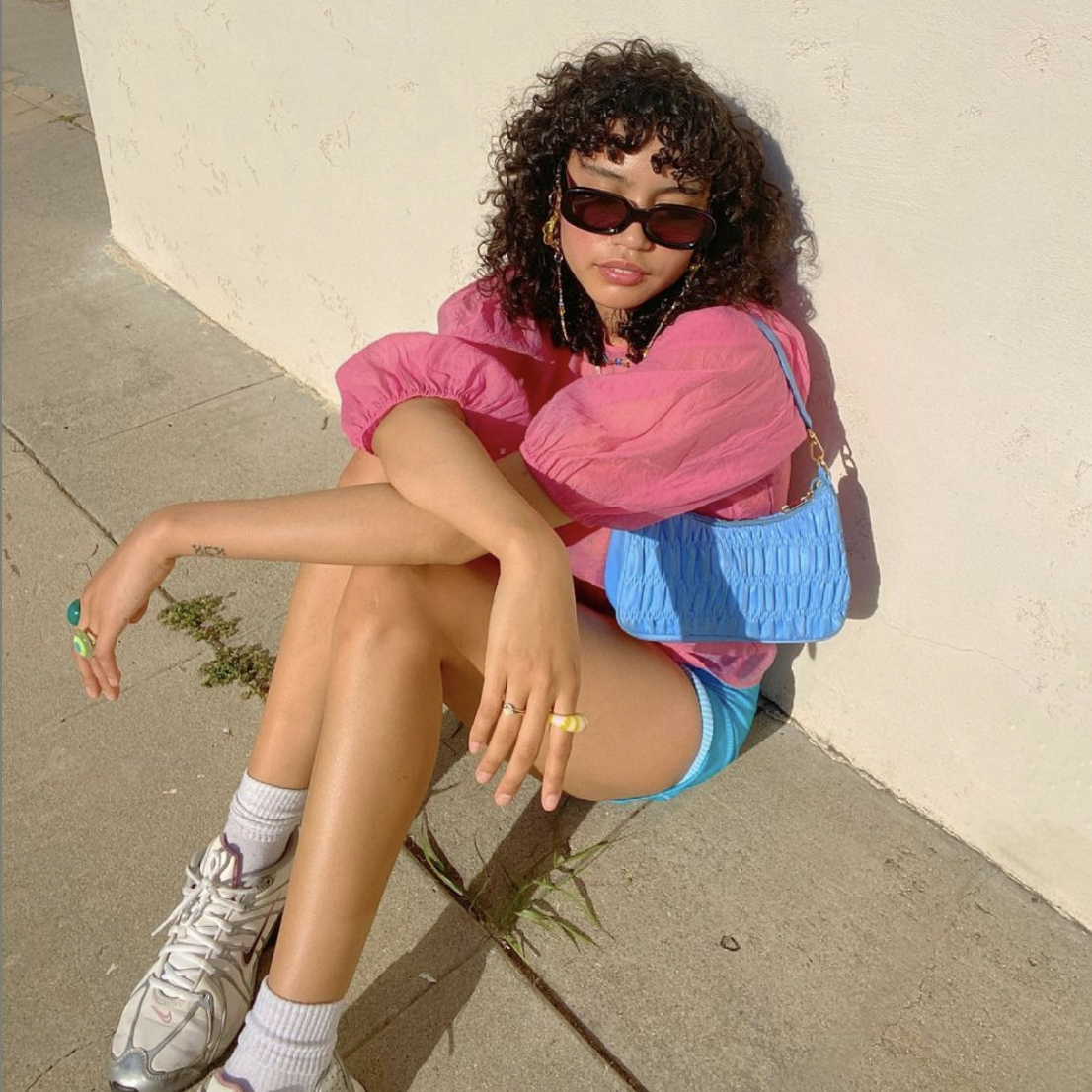Influencer marketing er en branche i vækst, og mange virksomheder bruger det i kommercielle sammenhænge til at kommunikere ud til en specifik målgruppe med et bestemt budskab. Men vidste du, at offentlige instanser også kan have gavn af det f.eks. i form af en...

Why a digital showroom is important for design-driven brands: an editor’s perspective
Why a digital showroom is important for design-driven brands: an editor’s perspective
At VOCAST we foresaw the rise in design-driven brands embracing digital tools, intensified by a global pandemic and an increasingly fragmented media landscape. Digitalization is now a crucial element to supply the right media channels and stakeholders in a fast-paced manner. So how can you navigate this while still keeping true to your brand?
We outlined the reasons why design-driven brands should invest in their image bank and gathered exclusive insights from Elena Cattaneo, an interior design journalist who writes for several major Italian publications (Interni, CasaFacile, DCasa, D di Repubblica and Dove), to share her point of view and explain how digital showrooms improved her crucial work.
Increase in media channels and content production
Without a doubt, social media and the internet increased the rate at which content needs to be produced and delivered. Magazines, like any other media outlet, need to keep up with the speed we are being dictated to today. And as a brand, you need to help the right people communicate your stories at a steady pace while still keeping up with your quality.
To match this speed, the content production done by modern lifestyle brands is no longer only the occasional press release. They are doing campaign images, product shots for e-commerce, SoMe content for their retailers and their channels. More videos, lookbooks, catalogs, line sheets, and many other “heavy” assets that are too big to attach to a regular email. Elena agrees that brands can convey their craftsmanship digitally:
« The artisanal quality of a brand can, in my opinion, be told with images, photographs, or videos. For example, in addition to the “still life” photo of a product, when doing a search on a digital showroom, there could also be a short video of its most artisanal details or of a specific step in the production process. »
Brands have evolved into these big-scale content producers, and the next step is taking the distribution part of that process to share these precious assets with like-minded people that get what they are doing. Elena thinks that image banks designed by VOCAST specifically elevate this process:
« I like the categorization set-up like the different rooms in a house, especially if it is a brand that produces furniture and 70 different objects, and I also like the possibility to search by topics and collections. On top of that, it is very useful to be able to choose the size of the photos already sized for different resolutions.»
Communicate about your brand and your quality efficiently
In the world we are living in now, the important editors don’t have the time to drop by your physical showroom as often, however, they still would want to follow up on hearing something about your brand, and if they can get quality content right then and there, the chances of getting high standard coverage are better.
A custom-made digital showroom is a perfect showcase for people, partners, and the media to engage with lifestyle brands’ creative universe in an efficient and powerful way. Through her work, Elena observed the direction a great deal of design-driven brands chooses to take. « I’ve actually come into contact with digital showrooms powered by VOCAST without really knowing it. They are intuitive tools that offer the ability to download the material you need. » And for Elena, there’s no doubt that these digital showrooms have made her work process much more effective:
« The difference for us journalists between sites that offer a well-managed, easy-to-use digital showroom and those that don’t is huge. You’re working with tight deadlines, and being able to download material (photos and information) right away without waiting for sign-up times or responses makes all the difference. »
She adds, « as a journalist, it’s important for me to be able to find, almost immediately, as much information about a particular product as possible; the description, name of the designer, dimensions, materials, price, and also advice on maintenance. (…) I write for different magazines, so the reading communities and their needs vary. In any case, regarding the specific way I showcase a product, I think it is important to know the creative and design history that led to the creation of that product. How it was born, and what makes it unique.»
About Elena
Elena Cattaneo is an Italian journalist who has been writing for interior design and architecture magazines and online publications for over 25 years. She started her professional career in an architecture studio in Florence, but she soon moved towards a career in journalism.
She has worked as an internal editor for several Mondadori magazines (Casa Idea, Donna Moderna, Casaviva, Casa Facile), then at the beginning of 2014, returned to freelance and started her blog. Now she continues to collaborate with: Interni, CasaFacile, DCasa, D di Repubblica and Dove. And is also involved in creating content on the topics of design and travel for many different types of media.
Let’s get digital
Why not give a visual experience that tells a story about your brand, just as you would in your physical showroom? VOCAST supports hundreds of brands by setting up their tailor-made digital showrooms. It’s a place for their hand-picked editors, influencers, buyers, and retailers to access their assets on the go. Learn more about the VOCAST digital showroom feature here: https://vocast.com/digital-showroom
Ines is the Research and Marketing Manager at VOCAST. She previously worked in the beauty industry and is now an expert in social media and digital marketing. Every day she helps design-driven brands navigate digital trends and carry out their marketing and brand strategies effortlessly.
SIGN UP TO OUR NEWSLETTER
Get free knowledge on how to optimize your B2B marketing & new product releases.
RELATED POSTS
Få succes med influencer marketing som offentlig instans
Outdoors Influencers: how should brands work with this niche branch of content creators?
In recent years, the increased focus on health and wellness has paved the way for new creators to inspire their audience to lead an active lifestyle. Among these are outdoors influencers, that seek to motivate and inspire their followers to go outside and enjoy what...
Become an Architects’ go-to brand: how to target your brand content toward Architects & Interior Designers
Content is essential in the workflow of architects, and to be the one brand that stands out of the crowd when architects are researching, you need to get your content out there. Architects are busy, so presenting your content in a beautiful digital showroom or through...






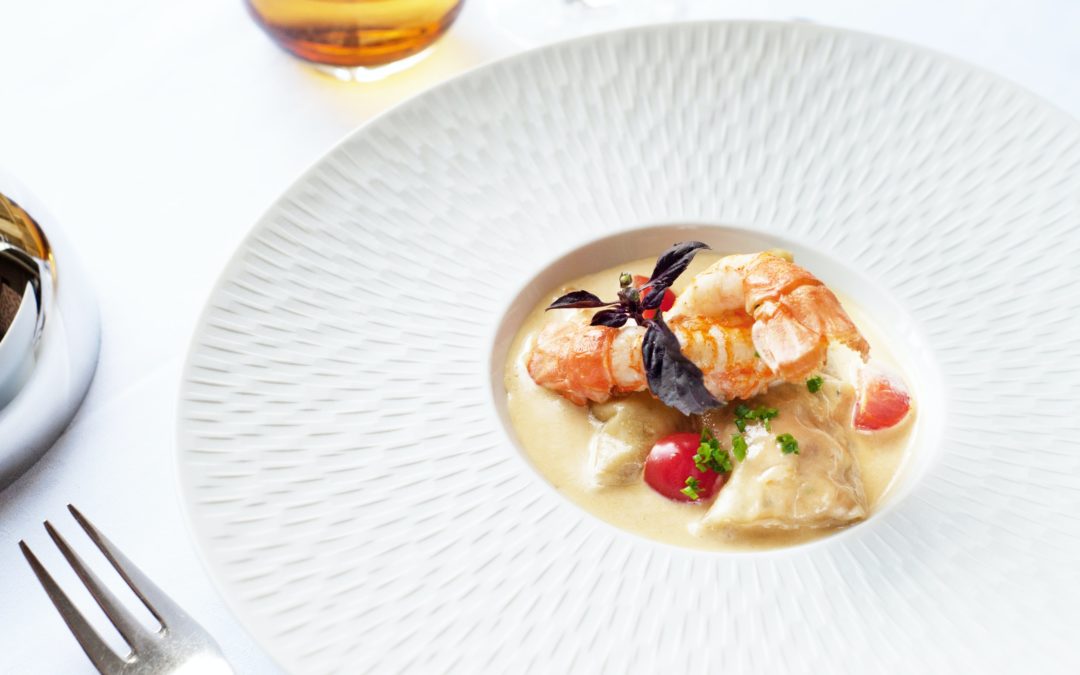

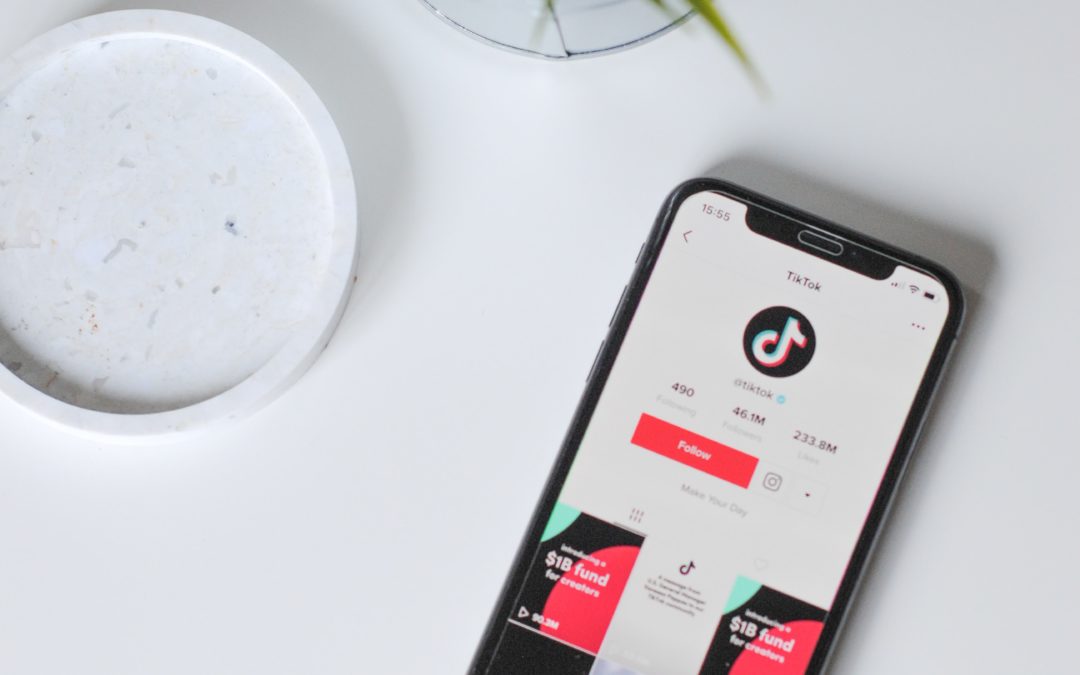
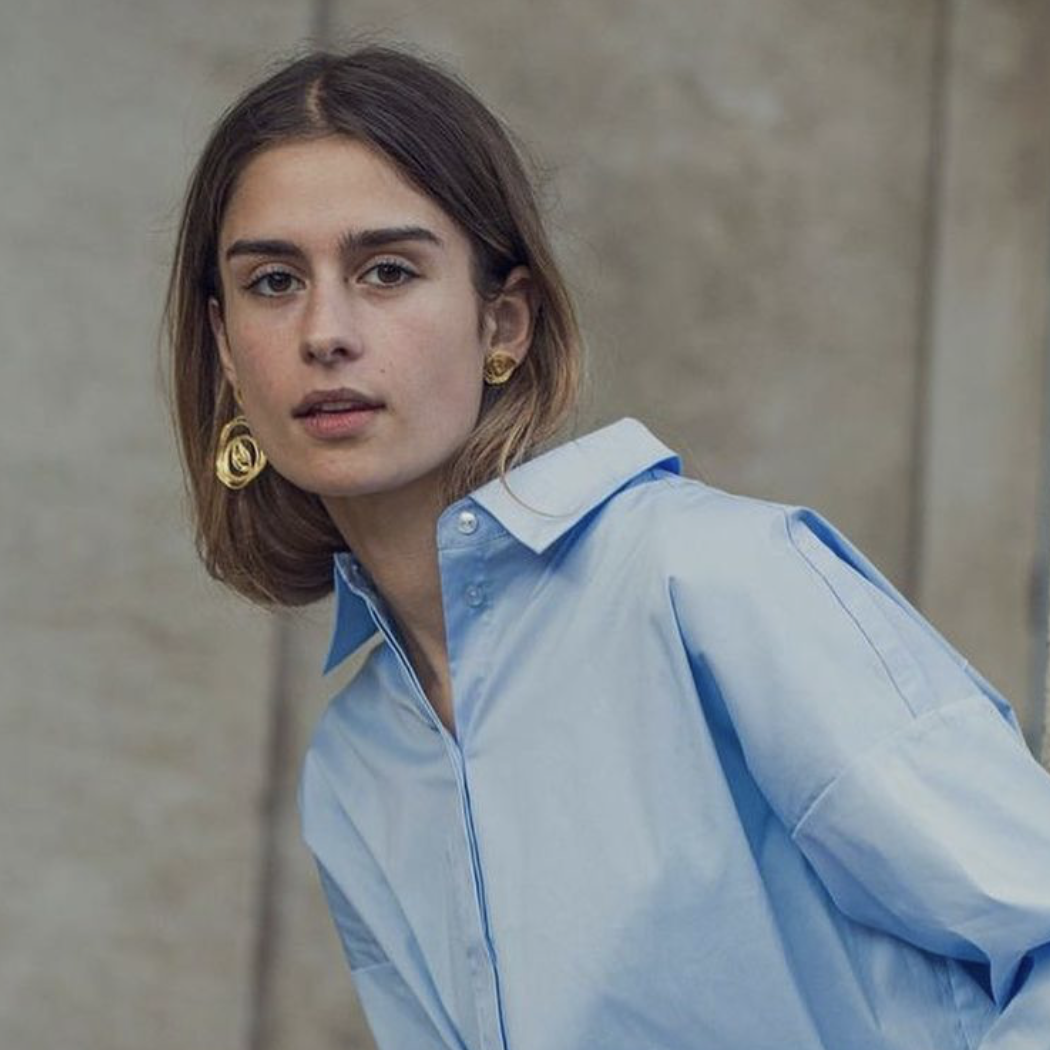
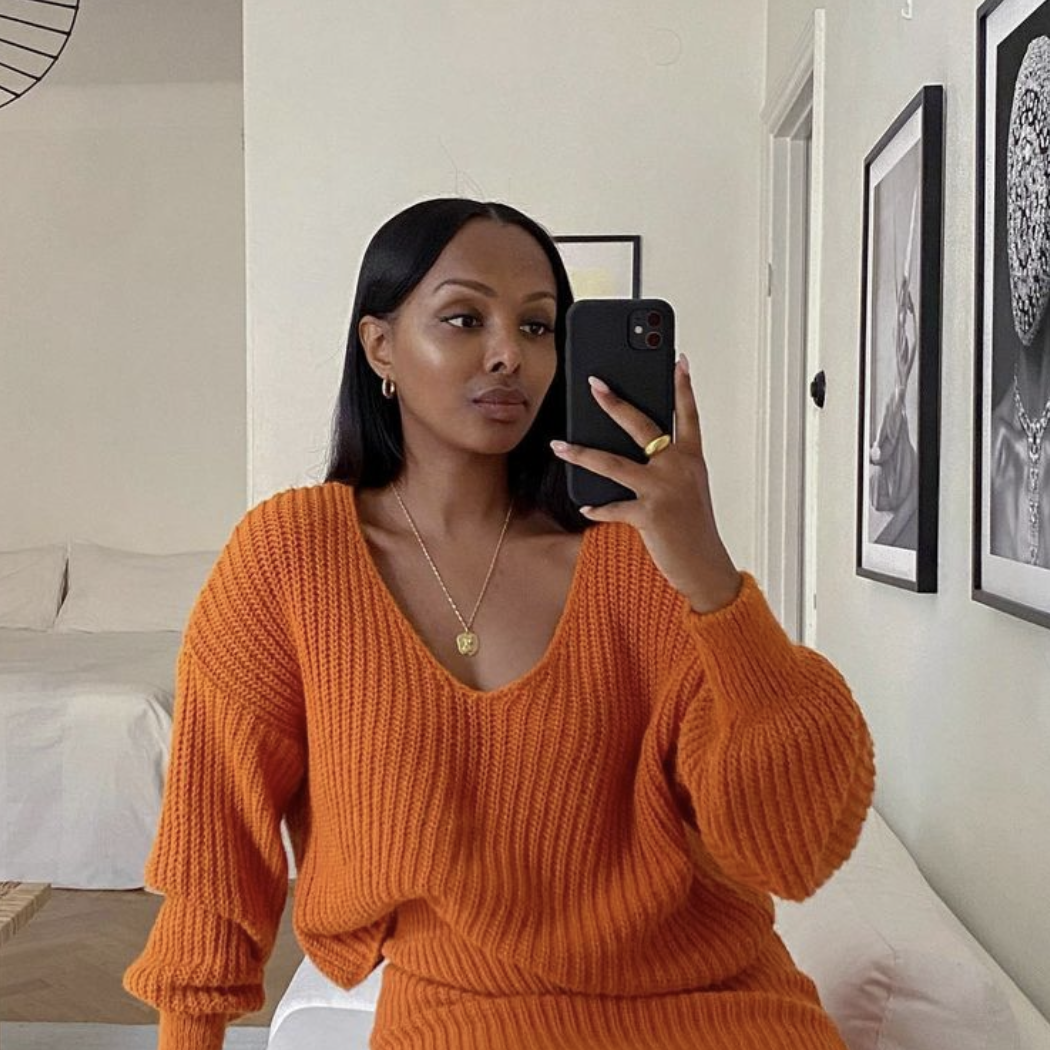
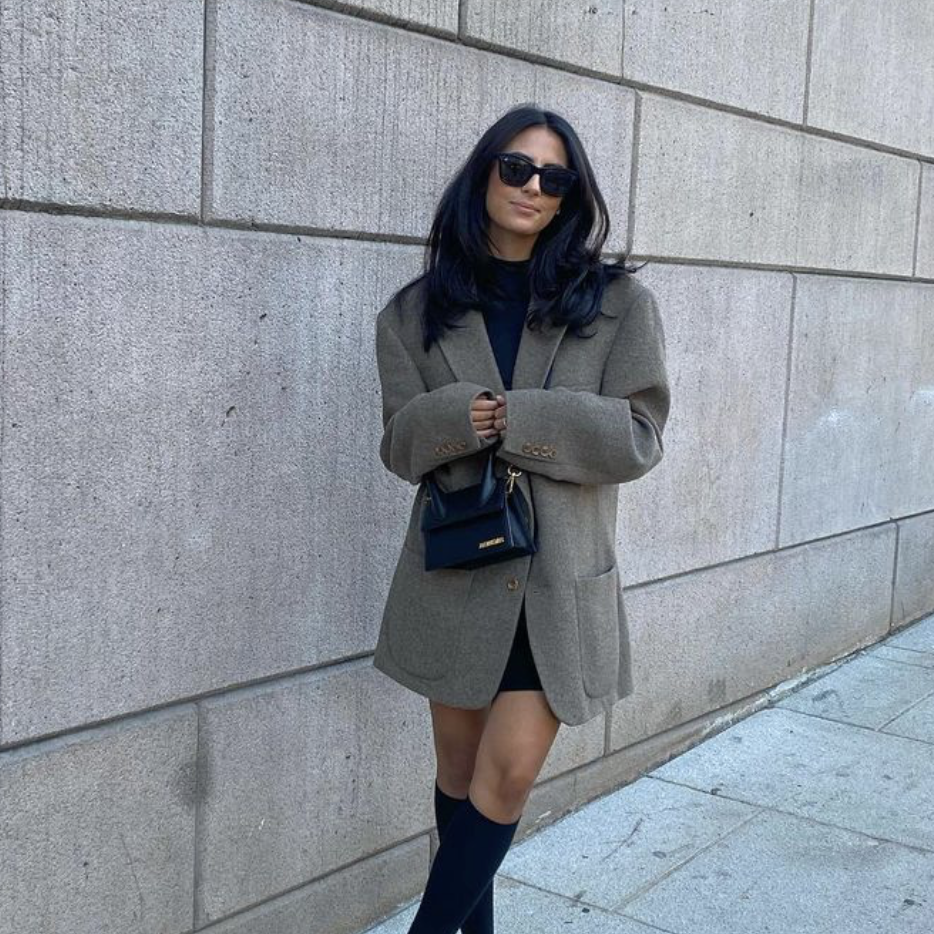

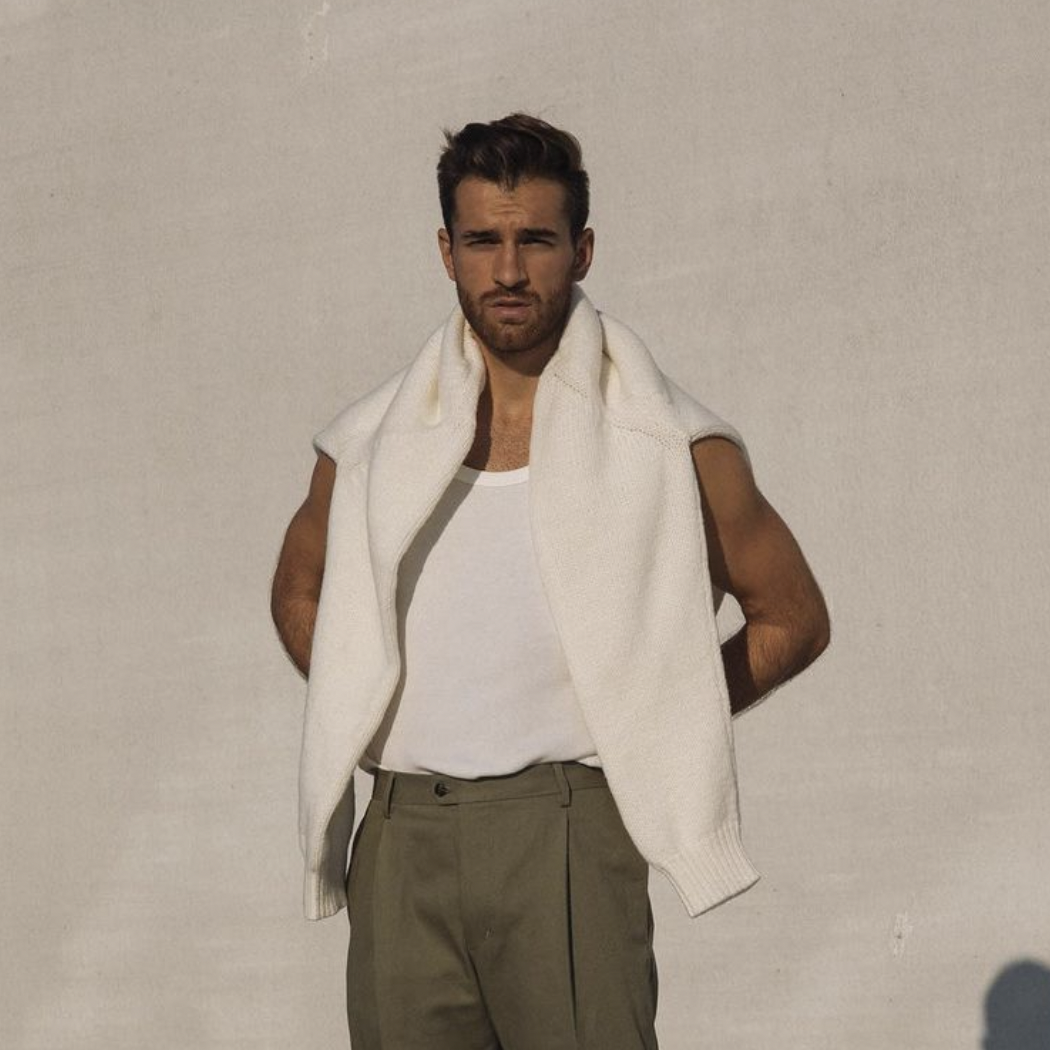
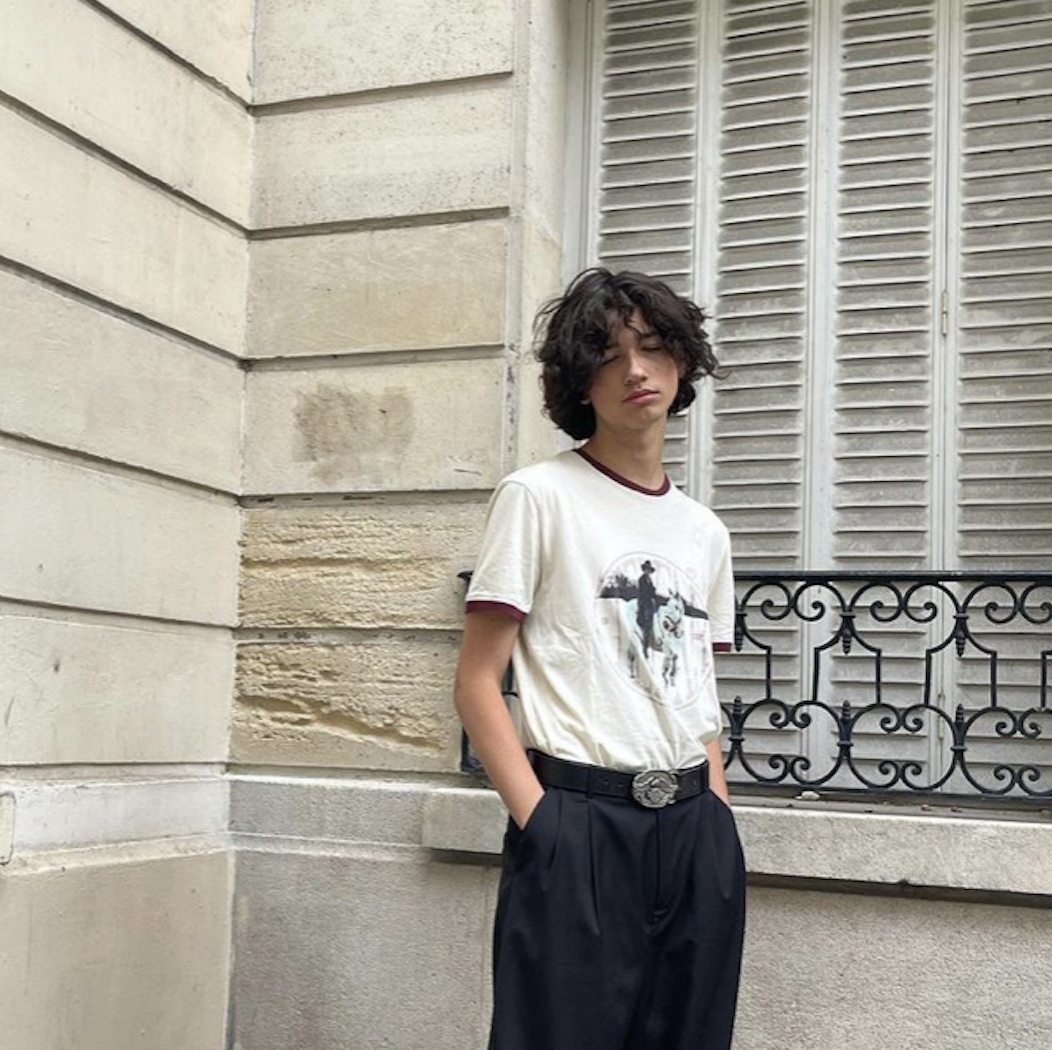


 Sara is the Norwegian Market Coordinator at VOCAST, responsible for Norwegian fashion and lifestyle research. When not at VOCAST, she studies Brand and Communications at Copenhagen Business School. Besides work and studies, she is a travel, music and movie enthusiast.
Sara is the Norwegian Market Coordinator at VOCAST, responsible for Norwegian fashion and lifestyle research. When not at VOCAST, she studies Brand and Communications at Copenhagen Business School. Besides work and studies, she is a travel, music and movie enthusiast.




 Marie Louise Schultz | Founder at The Vintage Bar
Marie Louise Schultz | Founder at The Vintage Bar



